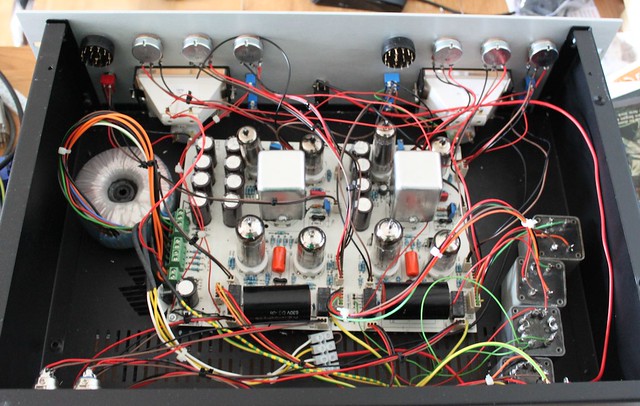Ok that does help. I think I have it right then. Just a triple check.
Position one should be the highest resistance value correct? So for the 100k switches it should be the 10.5k.
Thanks
Position one should be the highest resistance value correct? So for the 100k switches it should be the 10.5k.
Thanks





































